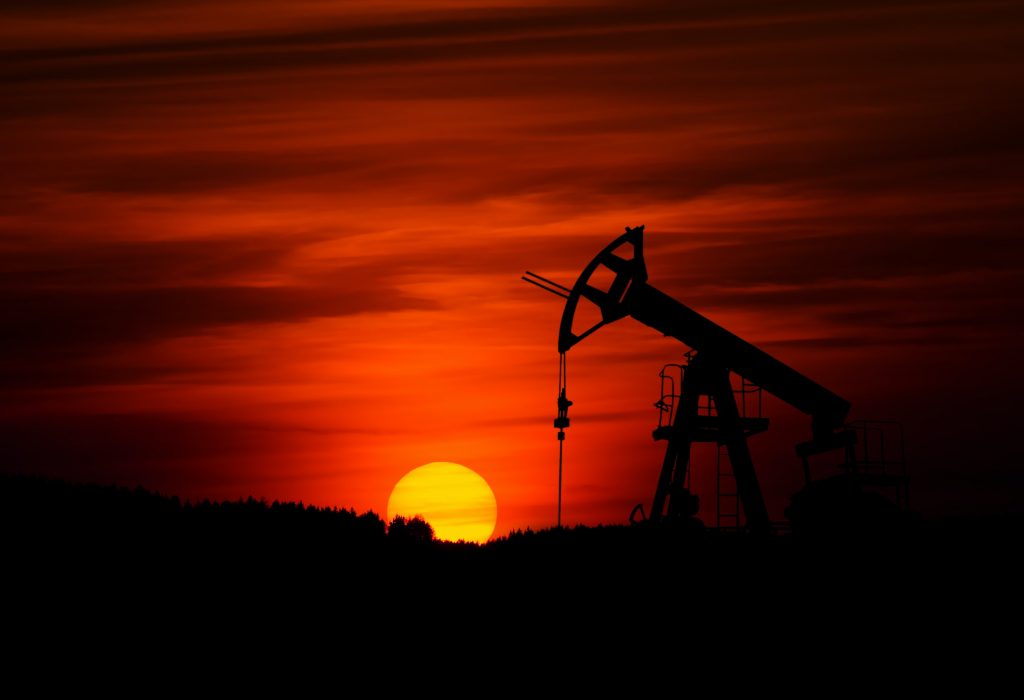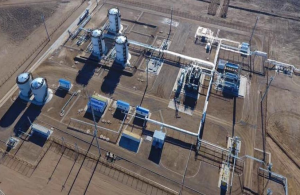The upstream oil and gas exploration industry is constantly evolving, driven by advances in technology, changing market dynamics, and increasing environmental concerns. As a result, companies in this sector must stay abreast of the latest trends and adapt their strategies accordingly to remain competitive. In this article, we will discuss five key trends in upstream oil and gas exploration that are shaping the industry today.
- Deepwater Exploration
As onshore reserves become depleted and the search for new sources of oil and gas becomes more challenging, exploration efforts have increasingly focused on offshore reserves. In particular, there has been a significant shift towards deepwater exploration, where oil and gas reserves are located in water depths of over 500 meters. Deepwater reserves are often larger and more profitable than onshore reserves, but also pose greater technical and environmental challenges. As a result, companies must invest in advanced exploration technologies and expertise to succeed in this field.
- Unconventional Resources
Another trend in upstream oil and gas exploration is the increasing focus on unconventional resources, such as shale gas and tight oil. These resources are located in rock formations that are more difficult to extract, requiring specialized drilling techniques such as hydraulic fracturing. While unconventional resources have the potential to transform the energy landscape, they also present unique challenges such as water usage and disposal, environmental impacts, and public opposition. Companies must balance the potential benefits of unconventional resources with these challenges and work to address them in a responsible manner.
- Digitalization and Automation
The oil and gas industry has traditionally been characterized by manual processes and paper-based workflows. However, the increasing availability of digital technologies such as cloud computing, artificial intelligence, and the Internet of Things is transforming the sector. Digitalization and automation are now being used to optimize exploration processes, increase efficiency, and reduce costs. For example, companies are using advanced analytics to analyze seismic data and identify new reserves, and deploying drones and robots to perform inspections and maintenance tasks in hazardous environments.
- Focus on Environmental Sustainability
As concerns about climate change and environmental impacts grow, companies in the oil and gas sector are under increasing pressure to demonstrate their commitment to sustainability. This trend is driving companies to invest in technologies and practices that reduce greenhouse gas emissions, minimize waste, and protect biodiversity. For example, companies are using renewable energy sources to power offshore platforms, investing in carbon capture and storage technologies, and adopting circular economy principles to reduce waste.
- Shift towards Collaborative Models
Finally, the upstream oil and gas exploration industry is experiencing a shift towards collaborative models. In the past, exploration was often carried out by individual companies working in isolation. However, the increasing complexity of exploration projects and the need to share risk and expertise has led to the emergence of collaborative models such as joint ventures and strategic alliances. These models enable companies to pool resources and knowledge, leverage economies of scale, and share risk and reward.
In conclusion, the upstream oil and gas exploration industry is undergoing significant changes driven by deepwater exploration, unconventional resources, digitalization and automation, environmental sustainability, and collaborative models. Companies that can adapt to these trends and leverage them to their advantage will be well positioned to succeed in the evolving energy landscape.





